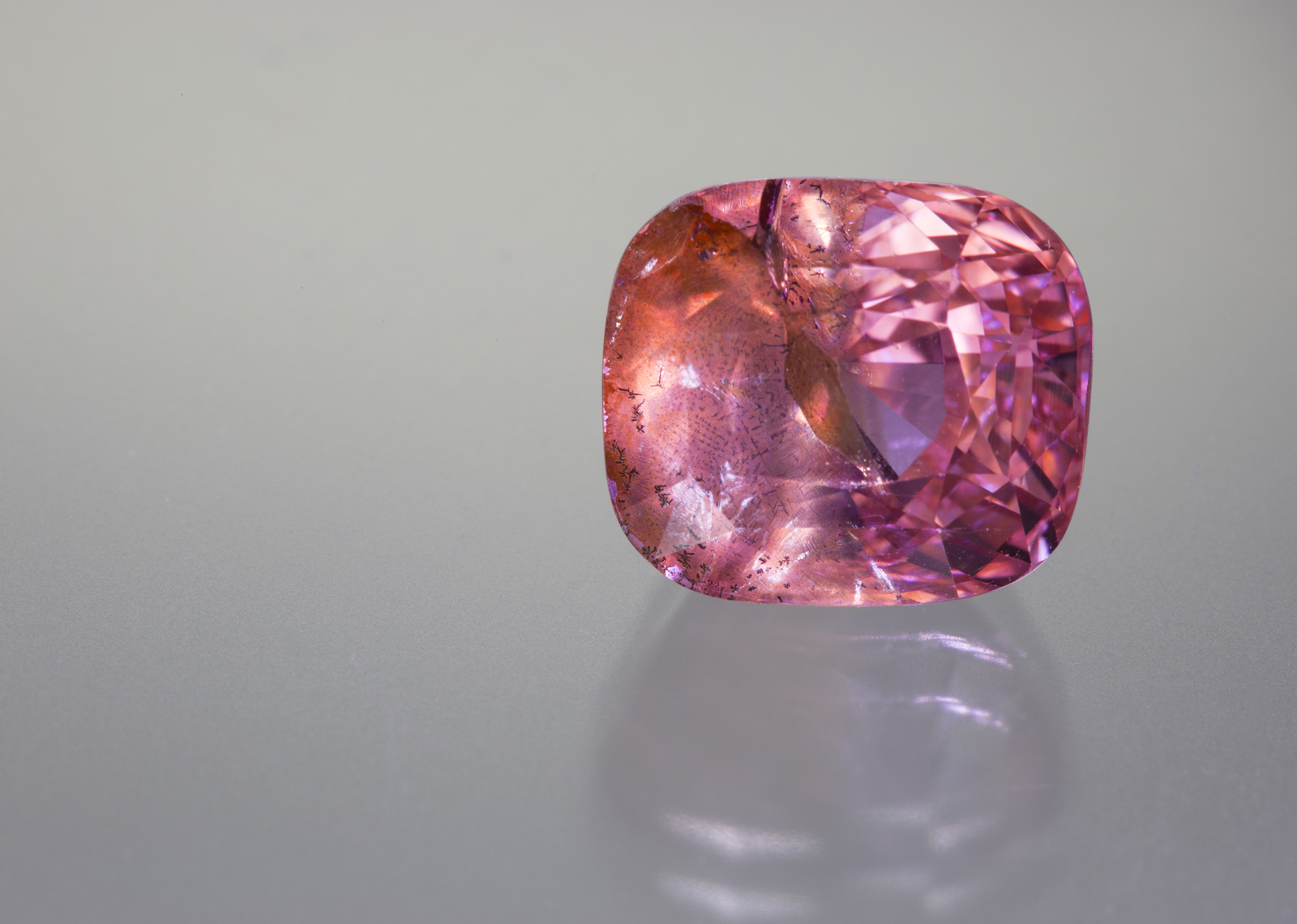


These untreated examples come by that highly coveted hue naturally, making them extraordinary rarities on the market. The stone's name is derived from the Singhalese word for the lotus blossom, and its color is reminiscent of the delicate pink petals of the flower. From yellow to orange and purple to pink, no other sapphire comes close to achieving the delicate pinkish-orange hue of the Padparadscha. The Padparadscha sapphire is the most valuable and desirable of all sapphires, which occur in a rainbow of hues. Set in 18K white gold, they are accented by approximately 3.00 total carats of white diamonds and 2.00 total carats of pink diamonds. The sapphires total 37.71 carats and are certified by the Gemresearch Swisslab (GRS) as untreated, meaning they are entirely free of any heat or clarity enhancements. Ranging in size from 2.33 carats to 1.05 carats, each displays the unique mix of pink and orange hues reminiscent of the lotus blossom, earning the stone its name. Twenty-five of the rarest of all sapphires - the Padparadscha sapphire - are set in this one-of-a-kind necklace.


 0 kommentar(er)
0 kommentar(er)
